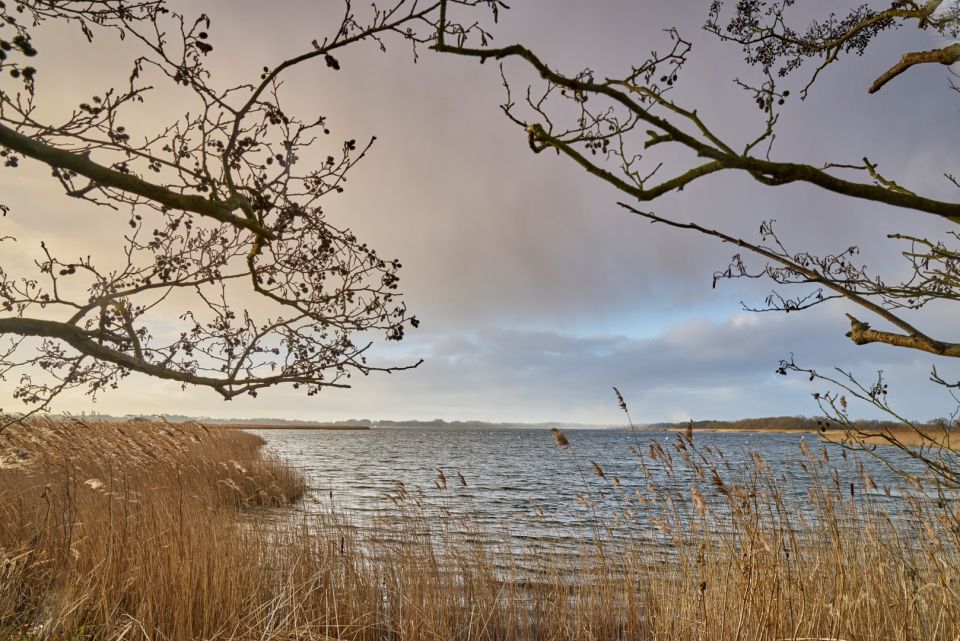The largest of the Broads, NWT Hickling Broad is a year-round haven for wildlife.
It is easy to spend a day walking around Hickling’s trails or, in summer, gently whiling away a couple of hours taking in the Broad’s hidden corners on one of NWT’s summer wildlife boat tours.
Hickling Broad is situated on the Upper Thurne river system, which holds a significant percentage of the UK population of common crane as well as important breeding numbers of bittern. This is also the perfect place to spot swallowtail butterflies which lay their eggs on the reserves’ milk parsley!
Check our website to book one of our Water Trail boat tours.
There is a no dogs policy on this reserve.
There is disabled car parking provision and a rough surface leading to the centre where there is a disabled toilet, hearing loop and a wheelchair available. From the visitor centre there are a number of accessible trails, both compacted hoggin or boardwalk which give easy access to two hides as part of a circular route.
Members and children:
Free
Non-members:
£5 (with Gift Aid) Standard price: £4.50
The reserve is open from dawn till dusk, every day, all year round.
Please check our website for seasonal visitor centre and car park opening times.
- Accessible toilets
- Wheelchair accessible
- Hearing loop

